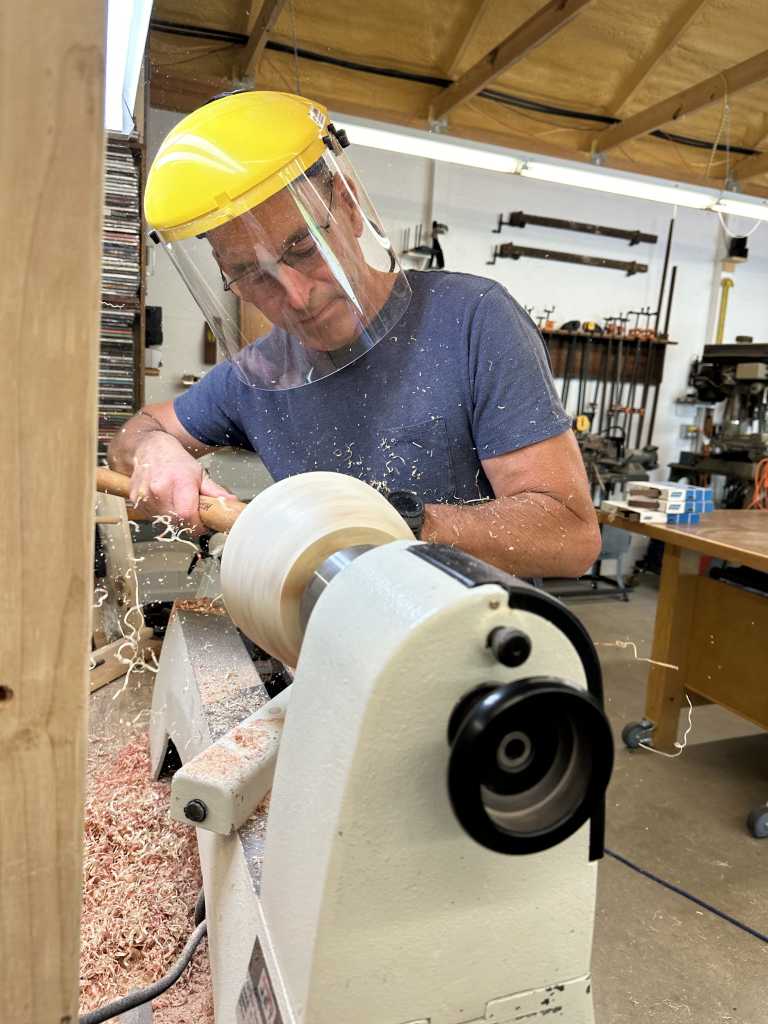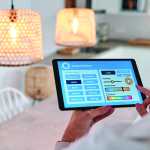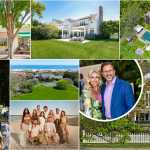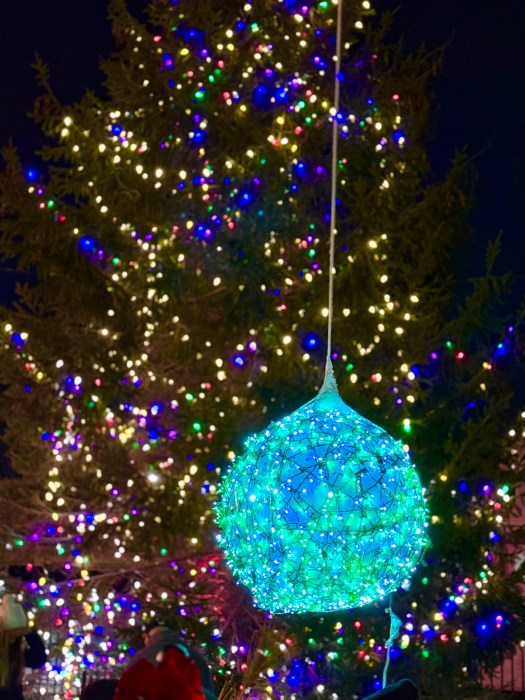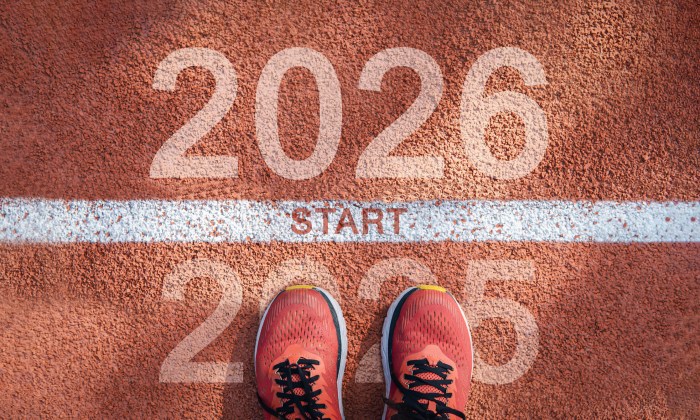Carpentry is everywhere in homes, from bookshelves to moldings, fireplaces to tables and chairs. We live in a wood world where trees are routinely transformed into furnishings around us. But if carving and cutting wood are commonly practiced crafts, Roger Levin has, if not discovered, recently begun a different way of working with wood.
Levin has been doing woodwork and cabinetry for 40 years, but only recently started woodturning in October 2023. It is a craft that has captured his imagination, while leading to a large collection of objects made with soft curves and shapes.
Woodturning, for those not familiar with the craft, is the mechanized carving of wood that, on its surface, has as much to do with pottery as traditional woodwork.
Wood is put on a lathe and material is removed to create functional and artistic items such as bowls, utensils, spindles and art.
“A friend bought me lathe tools 35 years ago for my 30th birthday and I didn’t have a lathe or the time until I retired (from his family’s textile trimming business),” he says. “I kept looking at them and decided to jump in.”
Today, his workshop, at his home in Oyster Bay, is crammed with tools and machinery, tributes to this craft, an often overlooked world within woodwork.
In a YouTube world, it only makes sense that “jumping in” for Levin meant being self-taught with the help of videos.
“I watched and continue to watch numerous YouTube videos, some multiple times, and I took my iPad into my shop,” he says. “It’s an arduous way to learn, but it’s at your own pace.”

Wood Works
Not all woods are equal when it comes to this craft, but a wide range can be used. “I basically take what is available locally,” he says of selecting wood. “I like walnut, cherry, maple and fruit trees. Hardwoods are better, because they hold up to use and tend to have prettier grain.”
Certain woods are better and easier to work with, although taste is still an element. “Woods chosen for woodturning are based on utility, ease of turning and mostly appearance, color and grain,” he says.
What you do with the wood is the craft, although selecting also matters. Levin starts with wood rounds which are basically “what you see when they cut trees down and haul them away,” he says. He prepares the rounds to be made into “turning blanks” which are then either dried naturally or turned “green.”

Turn of the Trade
Wood for turning, he says, begins as a log and is prepared into turning blanks that fit on a lathe.
“The process is quite involved and is a very important part of the art of woodturning,” he says. “Many choices can be made such as grain orientation, size of a blank and the shape.”
The single most important process, he says, is removing the pith of the log or the centermost rings.
After the pith is removed, the end grain of the wood is sealed with a wax paint and can be set aside in a controlled environment to dry slowly or turned immediately.
“There are two options when turning immediately or turning green. The object, a bowl, for example, can be turned rough approximately 10% greater than its desired thickness and be put aside to dry slowly,” Levin says. “When it reaches proper dryness, it is finally turned and finished and will be a stable, uniform bowl. Option two is to turn the bowl to completion green and let it dry. It will most likely distort and possibly crack, but this is another look some desire.”

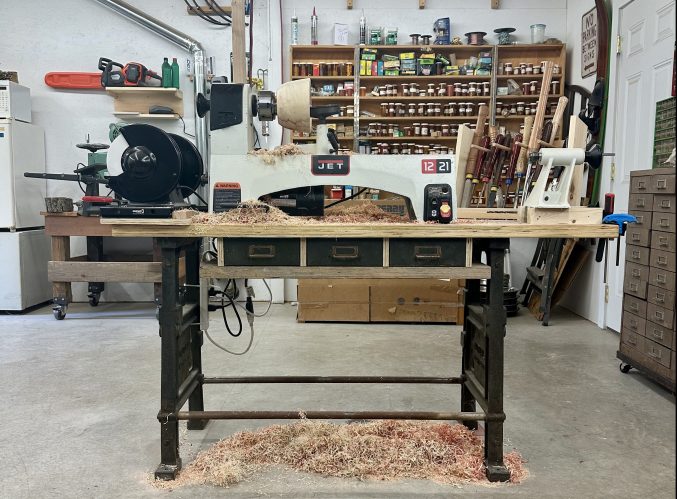
Tools to Turn
He works with a long list of tools designed to remove wood, more and less aggressively, and for specific tasks.
A roughing gouge, for instance, is used on spindles to shape a blank into a rolling pin or a tool handle.
Spindle gouges are used for details such as beads and bowl gouges are used for shaping bowl blanks inside and out. “They are designed to withstand the hard work they do,” he says. “Scrapers and skews can be used to smooth and shape the wood.”
He says the time to make an item includes locating and preparing the wood. A twice-turned bowl, for instance, takes a few hours, but must be monitored while it is in a drying recess, which can take weeks to months.
“What I like most about woodturning is I can make a finished item in a couple of hours, excluding all the wood prep,” he says.
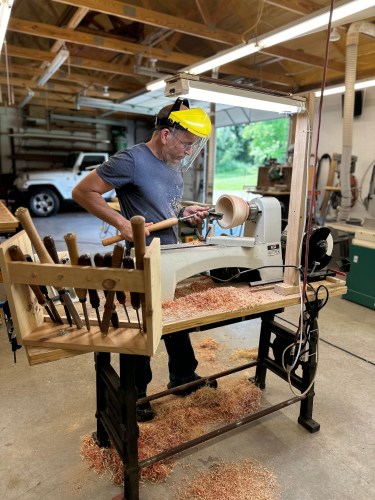
Scoops, Stirrers and Bowls
He divides his time between spindle turning and bowl turning. Spindles include tool handles (he makes some of his own tools), honey drippers, scoops and stirrers. The swing of the lathe determines bowl size. His current lathe has a 12” capacity, so that is his limit. “Bowl size is also determined by the wood itself,” he says. “Is it splitting? Where is the best grain?”
Levin’s work is suitable for everyday use or as décor, such as bowls, storage containers and utensils.
The work is designed to be functional, and while he says he is “hesitant to call it art,” it has a definite, aesthetic appeal.
He has sold his work through outdoor art shows, but also does it for the pleasure, the challenge and to build up a collection of turned wood. And a certain peace of mind comes from practicing a craft well to produce beautiful, useful work.
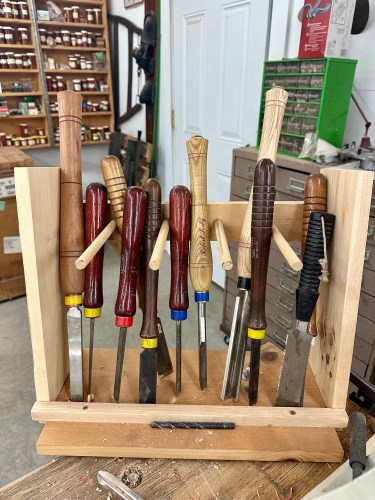
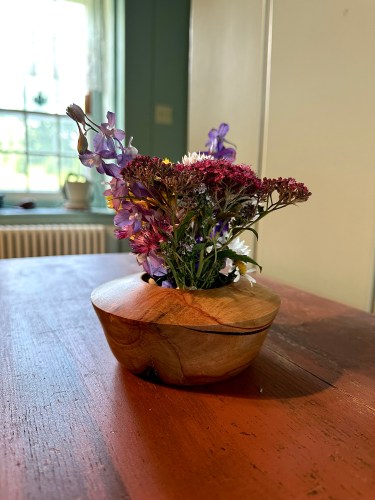
One-of-a-Kind
“Each item is different even if it is the same shape, because of the different personalities of the wood,” he says. “I like going back and forth from spindle turning to bowl turning, because it sharpens my skills.”
He sells his work through festivals and fairs at prices ranging from as little as $20 to $100, noting that he simply wants to recoup the money he puts into the work. And he has not done and does not plan on doing commissions. “After a career of high pressure and deadlines, it would defeat the purpose,” he says of a craft that he finds calming.
Levin worked in a family-owned textile trimming business for 40 years and has experience in crafts and running a company. “I have business experience as well as technical experience with machinery and production, which really helps in the pursuit of my creative side,” he says. “It taught me how
to think outside the box.”
His wife, Mia Karlberg Levin, is a ceramic artist as well, so he says he has a “personal trainer” who can help critique his work.
“I have mostly done cabinet work for the past 40 years as a hobby and some projects can take weeks to complete,” Levin says. “Woodturning allows me to be creative and fill in voids between other projects.”
This article appeared in the July issue of Behind The Hedges Powered By the Long Island Press. Read the full digital edition here.

